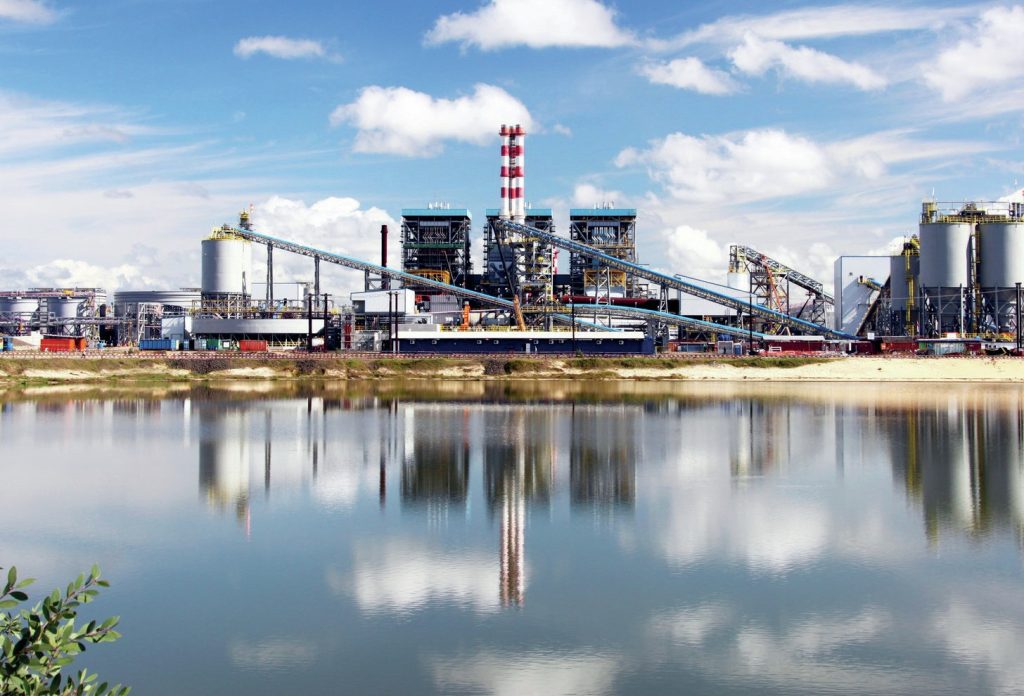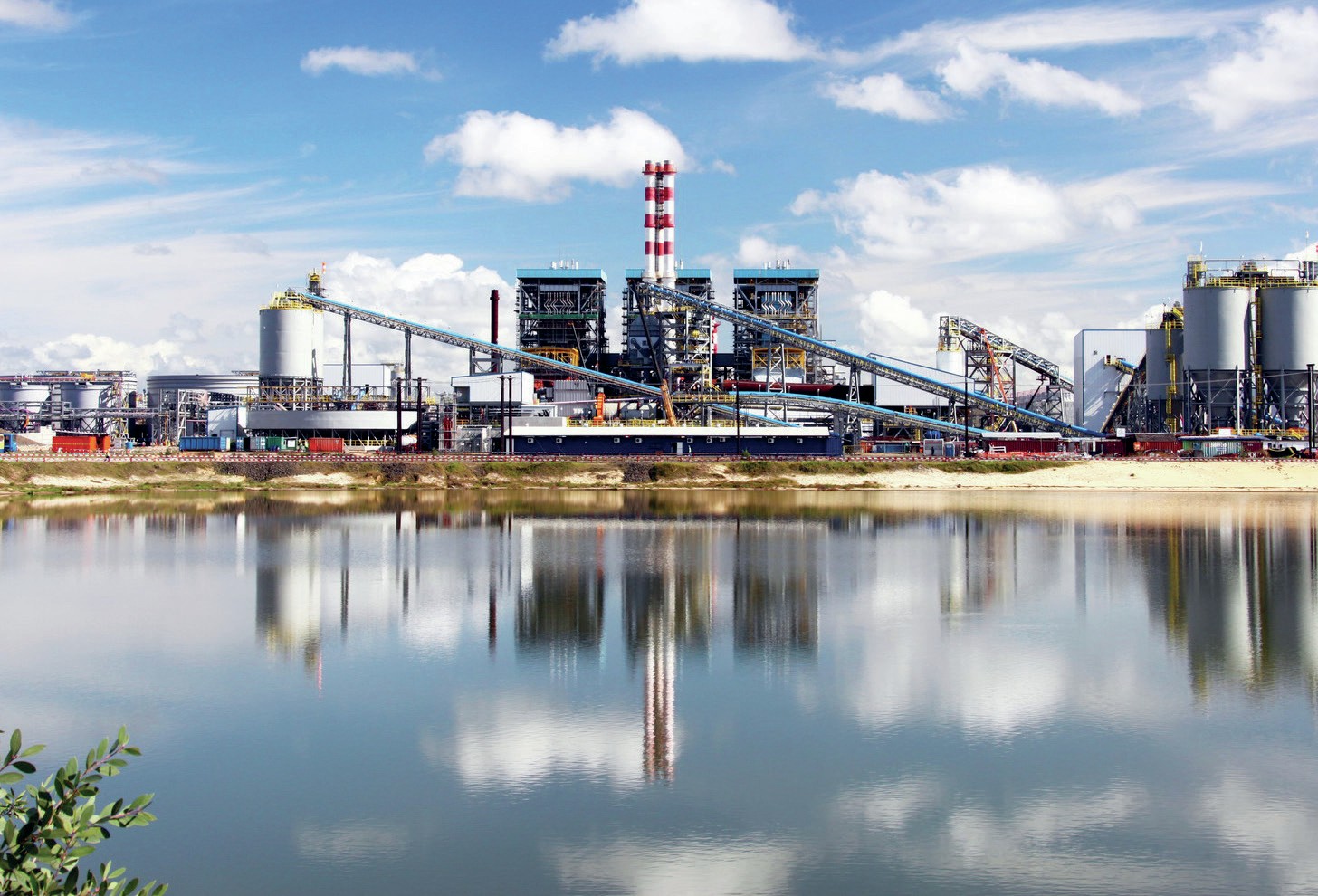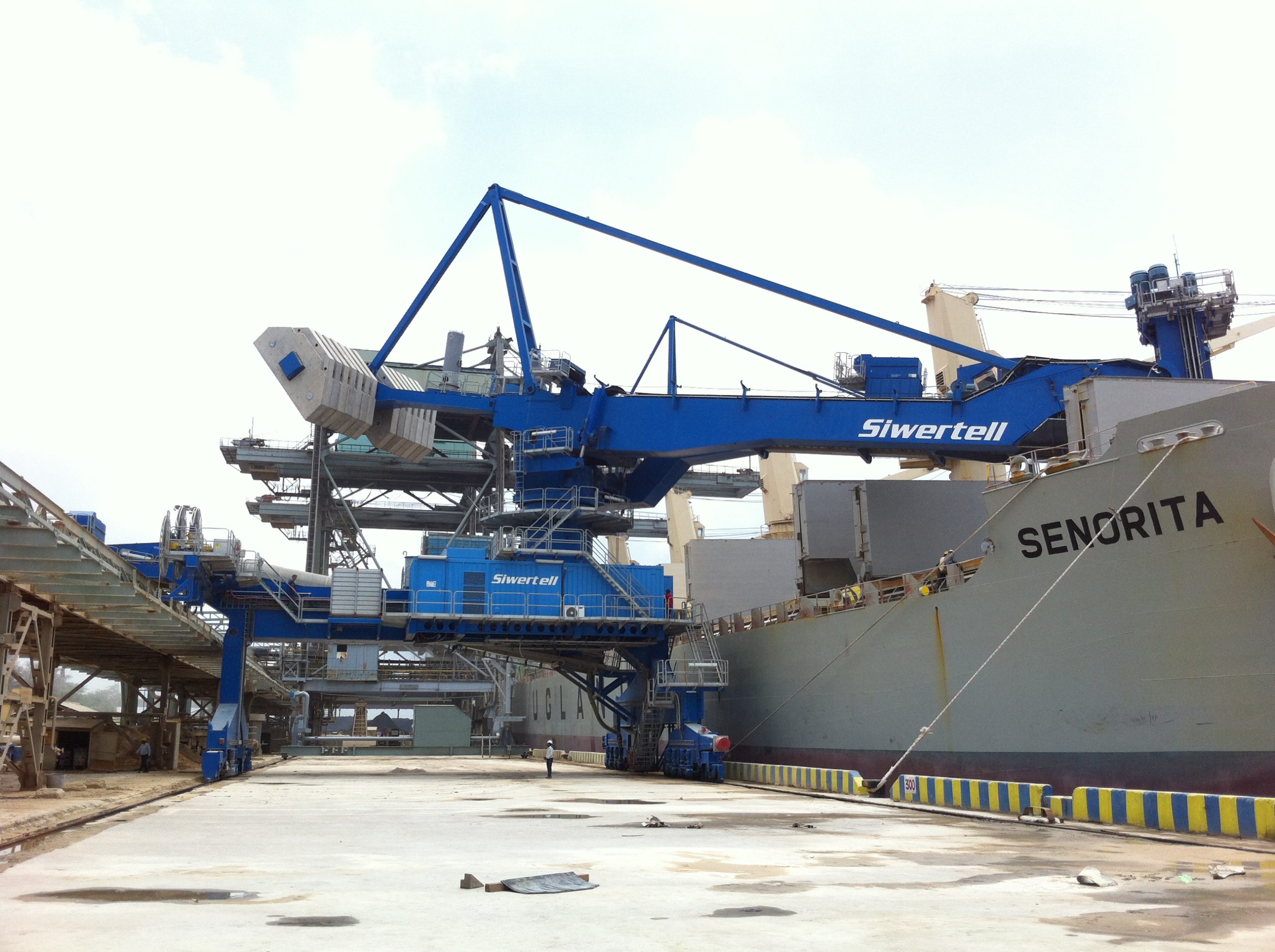Sulphur 418 May-Jun 2025

3 May 2025
Nickel market developments
NICKEL
Nickel market developments
Indonesia has become the epicentre of the world nickel industry, and is now seeking to raise royalty rates to capture more value from this. Will this impact upon the continuing expansion of HPAL capacity there?

Although Indonesia has the largest reserves of nickel in the world, it concentrated on selling ore overseas until 2014, when the Indonesian government said it would be banning exports of nickel ores and concentrates in order to build domestic nickel processing and capture more of the value chain – the ban finally came into effect in 2020. The change that this step has led to over the past 10 years has been dramatic. Indonesia is now by far the largest producer of refined nickel, responsible for 60% of production, up from 6% in 2015. By 2028, this figure is expected to be 74%, turning Indonesia into the nickel equivalent of OPEC.
Most of this has come from Chinese investment, particularly from battery manufactures such as Tsingshan, CATL and Lygend. In order to produce the high grade nickel sulphate required for batteries using Indonesia’s lower grate laterite ores, they have had to use high pressure acid leaching (HPAL) on a scale not seen before.
Now, however, Indonesia is starting to look like a victim of its own success. Its rapid expansion has driven down nickel prices to below $16,000/t, leading to closures around the world. It is estimated that the 1.5 million t/a growth in Indonesian nickel production could come at the expense of 500,000 t/a of closures elsewhere. BHP has written down the value of its Western Australian nickel mine, while Glen-core announced in mid-February that it plans to sell its stake in a loss-making nickel mine and processing plant in New Caledonia.
Trade concerns
One concern, in a world of escalating trade wars, is that China’s de facto control over nickel supplies could be another weapon in its arsenal, should it come to a showdown with the USA. There are nickel free alternatives for car batteries, such as lithium iron phosphate (LFP), but little use of them so far outside China. One potential symptom of this has been the recent law proposed by the government of the Philippines that they may also emulate Indonesia and ban the export of nickel ores, developing their own downstream nickel processing industry. The country’s nickel reserves are only a fraction of Indonesia’s, but they are already the second largest global producer outside Indonesia, home to Sumitomo’s Coral Bay Nickel plant, which it recently bought outright from Nickel Asia, and recently Nickel Asia and DMCI Mining Corp. announced that they would be developing a large scale nickel processing plant in the country. DMCI operates two nickel mines in the Philippines, at Zambales and Palawan while Nickel Asia operates five mines at Palawan, Surigao del Norte, the Dinagat Islands and Isabela.
Elsewhere, tariffs will disrupt the longstanding flow of nickel between Canada and the US, but other than their potential chilling effect on the world economy and demand for stainless steel and batteries for electric vehicles, may not have much impact on nickel prices in the short to medium term.
Quota reductions
Indonesia has said that it may cut mining quotas in order to boost prices. In January the Indonesian government cut the nickel ore mining quota (known as RKAB) for 2025 to 200 million t/a from 271 million t/a in 2024. Further cuts could be on the horizon, with some reports suggesting it could be decreased to 150 million t/a. The government has been deliberating a cut in the RKAB mining quota in the face of weak nickel prices. Indeed, the LME 3M nickel price has trended lower into 2025 to below $15,000 /t at one stage, representing multi-year lows. Given Indonesia’s dominance in the nickel market, any significant reductions in Indonesian supply will be supportive to the nickel price.
The RKAB is awarded to mining companies on a wet tonne basis and covers ore grades ranging from 1.0–1.8%, with the lower grade mainly going to HPAL operations and the higher grade being consumed by nickel pig iron (NPI) smelters. In 2024, CRU calculates that ore consumption totalled 234 million t/a based on estimates for NPI, ferronickel, matte and intermediate output. The country imported around 11.0 million t/a of ore, so the balance of 223 million tonnes came from domestic output and destocking.
CRU’s current forecast for 2025 is that ore consumption will rise to 264 million t/a. Meanwhile, the government has not ruled out a larger cut if companies do not comply with the requirements of their RKAB license, such as mine rehabilitation. A 16% reduction in supply would certainly move the nickel market into deficit and boost prices. However, there need to be more concrete signs that the government will move in this direction. In 2024, mining companies faced delays in getting RKAB approval and this was one of the key factors behind a tighter domestic nickel ore market, and constrained production growth in the middle part of the year. However, this tightness eased in the closing months of 2024 and NPI output recovered as more RKAB approvals were given.
At present CRU maintains the view that the nickel market is heading for another year of surplus in 2025 but there is increased uncertainty surrounding Indonesian output which provides an upside risk to prices, especially as short position holders rush to close out. However, the market is not pricing in significant curtailments, with the LME 3M nickel price still below $16,000/t at time of writing.
Increased royalty rates
The Indonesian government has proposed a tiered royalty structure on nickel ore sales, ranging between 14–19%, depending on the prevailing nickel price. This would replace the current flat rate of 10%. A 14% rate would apply when nickel prices are below $18,000/t, increasing progressively to 19% for LME prices above $31,000/t. The royalty is calculated based on revenue from nickel ore sales.
Nickel Industries has said that, based on the PT Hengjaya Mine sales revenue of $205 M in 2024, the proposed changes to royalty rates would have increased their royalty payment by around $8 million. The proposal has been met by resistance from the Indonesian Mining Association, citing a need to protect cash flows in the current price environment.
CRU’s Nickel Cost Model suggests that increasing the royalty rate to 14% could raise NPI production costs by approximately $190/t, assuming the added royalty expense is passed on through higher ore prices by miners. This is likely to further squeeze margins for NPI producers. However, this is unlikely to deter investment in the sector, given that most producers are competitive globally. Given the relatively small increase in costs, CRU continues to expect a surplus this year with limited upside for prices.
Effects on sulphur
At the moment, Indonesia’s nickel dominance is leading to rapidly increasing demand for sulphur and sulphuric acid. CRU projects that Indonesian sulphur demand will surge in 2025 with the ramp-up of the Huafei and PT Lygend projects and further growth in sulphur burning capacity at PT Lygend and Huayue, along with the startup of PT Blue Sparking and PT Meiming projects in 2025. Sulphur demand is projected to rise from 3.4 million t/a in 2024 to 4.2 million t/a in 2025 and 4.8 million t/a in 2026, and an additional project (PT Vale’s Pomalaa project) will come online in 2026.






